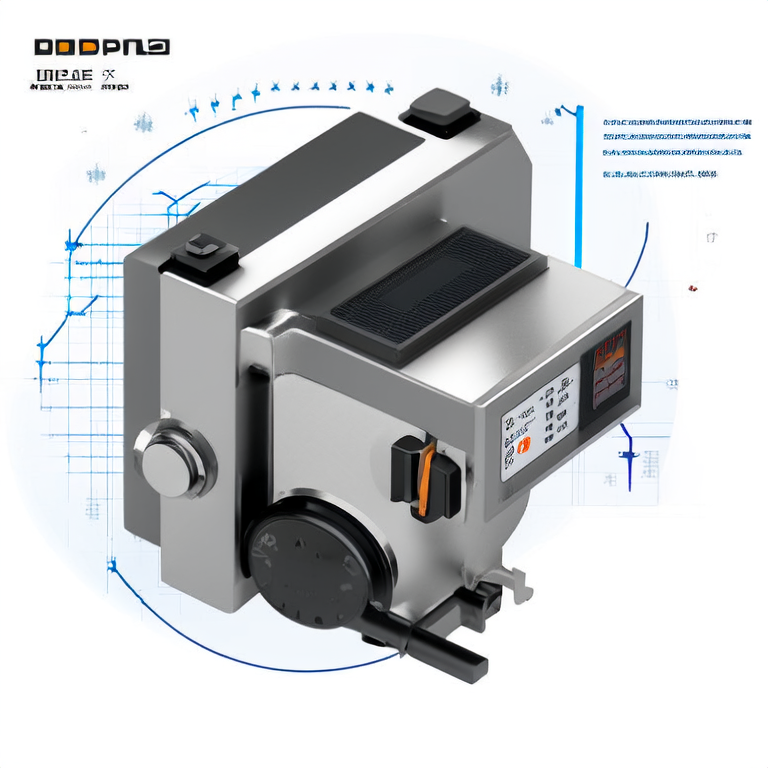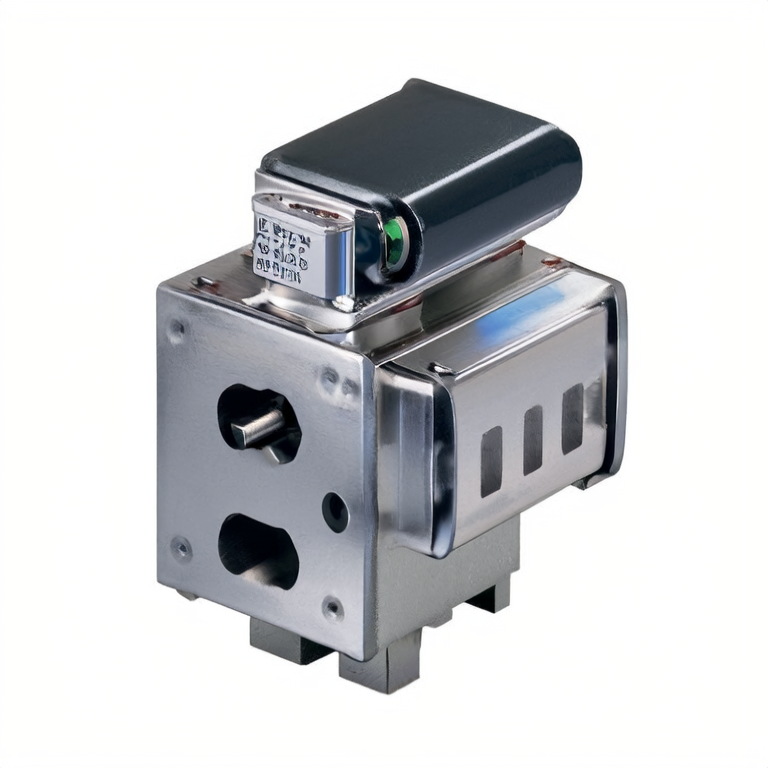Site Selection and Advantages of Doppler Open-Channel Flowmeters
May. 15, 2025

Selecting the right site for Doppler open-channel flowmeters is crucial for accurate measurements. Optimal locations include straight, stable channels with consistent cross-sections to minimize turbulence and flow disturbances. Avoid areas with sharp bends, sudden expansions or contractions, as these can distort flow patterns. Adequate water depth, usually at least 15 cm, is essential to ensure reliable operation, while sites with excessive sediment, debris, or floating objects should be avoided to prevent signal interference.
Doppler open-channel flowmeters excel due to their non-invasive nature. Using ultrasonic waves, they measure flow velocity by analyzing the Doppler shift of signals reflected from moving particles, eliminating direct contact with the fluid. This design reduces wear and maintenance requirements, extending equipment lifespan. They offer real-time, continuous monitoring, enabling immediate data access for efficient water management. With high accuracy, wide measurement ranges, and the ability to adapt to varying flow conditions, Doppler flowmeters prove invaluable in diverse applications, from environmental monitoring to industrial water treatment.





